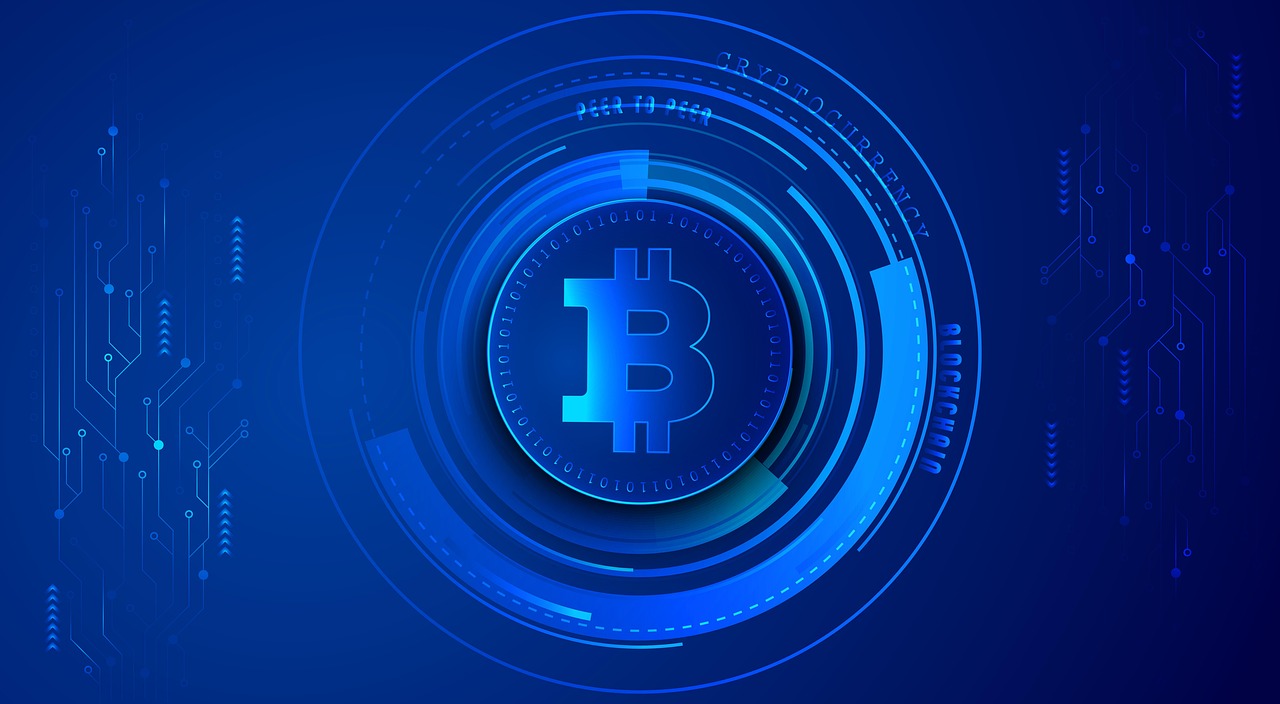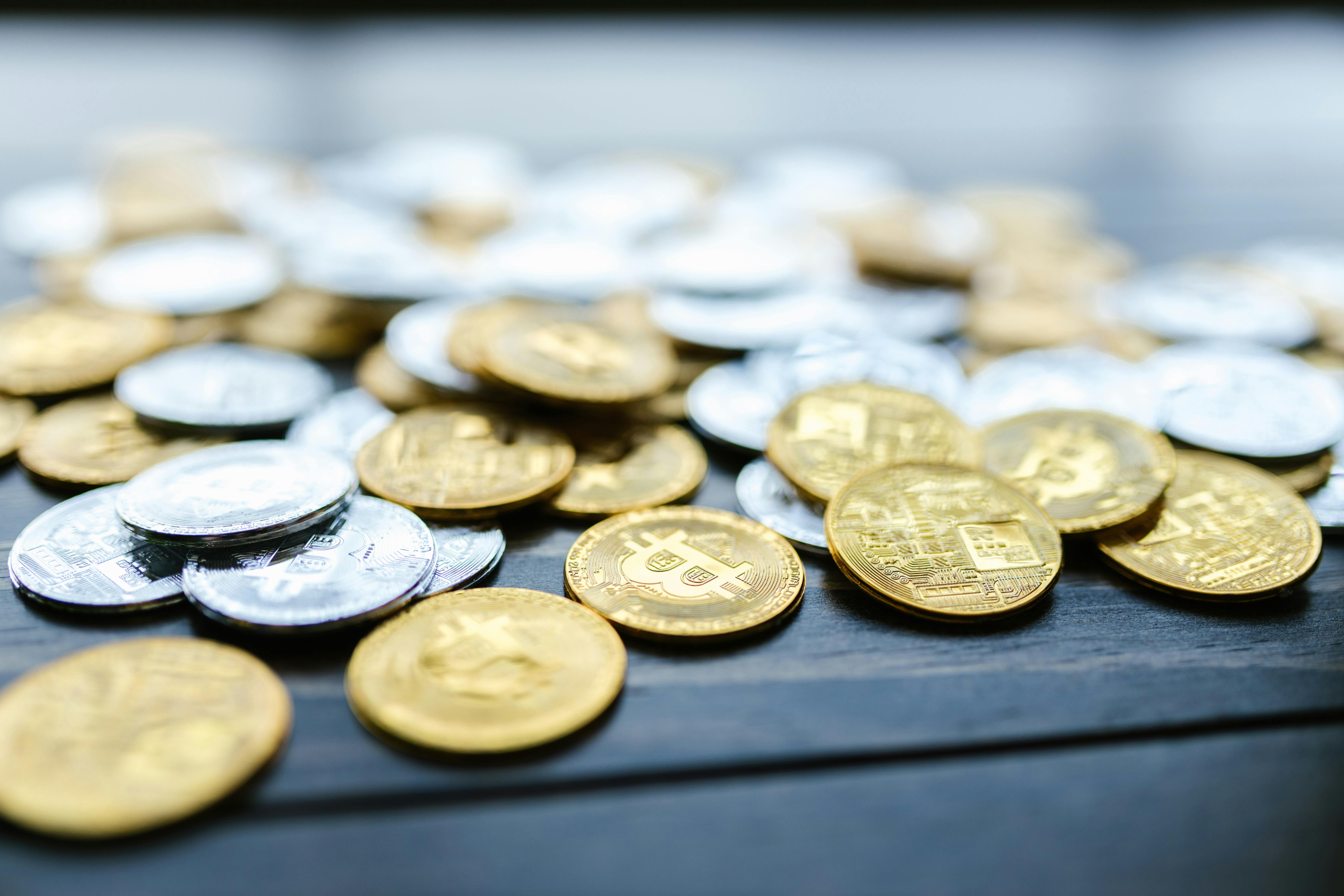2025-02-28 14:45:17
What Is TGE (Token Generation Event) and How Does It Work?

In the crypto sphere, there are several types of events during which projects distribute their tokens, and TGE is among them. This event is often confused with an initial cryptocurrency offering (ICO), Still, TGE has a different goal — it’s not just about raising funds but issuing units of money that support the infrastructure of a blockchain platform or application.
Let’s find out how new tokens are created, the principles of their distribution, and the role this process plays in the life of the project, its ecosystem members, and investors.
Content
What Is TGE (Token Generation Event)?
Simply put, a token is a digital asset issued on the basis of an existing blockchain.
Token Generation Event implies using smart contracts to create and distribute digital assets. Developers, their advisors, investors, and others can apply for them.
How Does the Token Generation Process Occur?
TGE in crypto is a set of measures that lays the foundation for the entire project. It includes the following stages:
Token development
The project defines the characteristics of the token: its purpose, total number, and standard (for example, ERC-20 on Ethereum). Then, a smart contract is created that manages the issuance and distribution of digital units.
Token creation on the blockchain
The smart contract runs on the network and “mints” the tokens, after which they officially appear on the blockchain. This means cryptoassets are ready to be used but not yet available for trading.
Token distribution
Digital assets are distributed to early investors, team members, and other project participants. Sometimes, some of the tokens are frozen to avoid sudden sales and price collapses.
Listing on exchanges
Once generated, tokens can be added to crypto exchanges where they become available for transactions. This determines their market value and generates liquidity.
Use in the ecosystem
Digital assets start working inside the project, where they are used to pay for services, staking, voting, or other functions built in by the developers.
Advantages and Disadvantages of TGE for Projects and Investors
Having defined what TGE is, let’s look at the pros and cons of this process.
Advantages
Issuing and distributing digital tokens is beneficial for the following reasons:
- Access to the global market. Projects can attract funding from local and international investors.
- Efficient fundraising. TGE allows doing without traditional sources of capital, such as banks or venture capital firms, which simplifies the fundraising process.
- Decentralization. Smart contracts guarantee transparent token distribution, eliminating intermediaries.
- Opportunities for investors. Understanding what TGE is in cryptocurrency, you can buy tokens at a low price at an early stage, counting on the growth of the rate after the release to the exchanges.
Disadvantages
The list of risks includes:
- Regulatory uncertainty. TGE is an event that has an uncertain status in most countries, which may entail legal complications.
- High volatility. The price of tokens after TGE can change dramatically, which creates risks for investors, especially in the first days of trading.
- Lack of guarantees of success. Not all projects fulfill their promises, and some of them may turn out to be financially insolvent or even fraudulent.
- Exposure to hacking. Hackers can exploit flaws in smart contracts to launch cyber-attacks.
What Is the Difference Between TGEs and ICOs?
Both processes involve the issuance of digital assets, but their goals differ:
- ICO is a way to raise investment. A project issues tokens and sells them to investors in exchange for cryptocurrency or fiat money. ICOs are often held to raise capital before the product is launched, which carries certain risks for participants.
- TGE in crypto focuses on the technical process of creating and distributing tokens. This does not necessarily mean selling — digital assets can be distributed to early adopters and partners or used to support the ecosystem.
The Role of TGE in the Development of Blockchain Projects
The generation of digital units drives interest in a decentralized platform or application. People buy tokens to participate in governance or to receive rewards or other incentives. Once issued, digital assets can be traded on exchanges, increasing liquidity and stabilizing the price. TGE also helps raise capital, providing the project with resources for growth.
Examples of Successful TGEs
A competent strategy of the development team can build confidence in the project. Let’s take a look at cases where TGE became an impetus for growth:
Uniswap: A token for ecosystem management
In 2020, DEX exchange Uniswap issued the UNI token to hand over project management to the community. Of the 1 billion tokens, 60% were distributed to users and the team, and 40% were reserved for future purposes. What made TGE Uniswap special was its integration with “liquidity mining” — users received UNI for providing funds to pools (e.g. ETH/USDT). This created excitement and strengthened the exchange’s position as a leader of the DeFi.
Blast: An incentive for early adopters
This is a second-tier blockchain solution for Ethereum, whose authors organized a TGE in June 2024. Before the event’s launch, the BLAST token was pre-created and then distributed via airdrop to users interacting with the ecosystem. The project allocated 17% of the total asset supply to participants.
Ethena: Tokens for activity
Ethena’s USDe synthetic dollar was a breakthrough in 2024. As part of the TGE, the project distributed 750 million ENA tokens to those who interacted with its ecosystem by providing liquidity, trading, or participating in testnet (a blockchain network for testing new products). Ethena turned users into interested participants, and its tokens became a tool for voting and access to new features.
Conclusion
In simple words, TGE in crypto is referred to as the starting point in the life of a token, which determines its further use and value in a crypto project. It helps raise funding, builds a community, and develops an ecosystem. A successful TGE boosts a project’s growth, but it is important to consider risks such as volatility and regulatory issues. Understanding the token generation process helps investors and developers make informed decisions.
Want to buy Ethereum in Kyiv at a favorable rate?
ObmenAT24 offers a simple procedure for exchanging fiat money to digital money. We guarantee security, low commissions, and high reserves.



